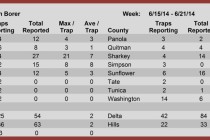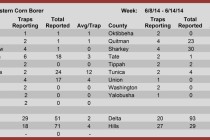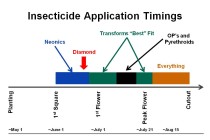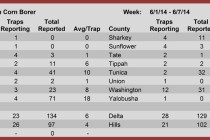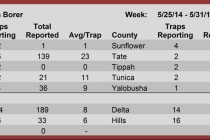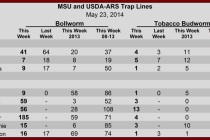Soybean herbicide options for delayed postemergence applications targeting Palmer amaranth
With most of Mississippi receiving large amounts of rain during early June, opportunities for herbicide applications in soybean have been rare up to this week. Several calls have come in regarding herbicide options in situations where the weather has prevented

